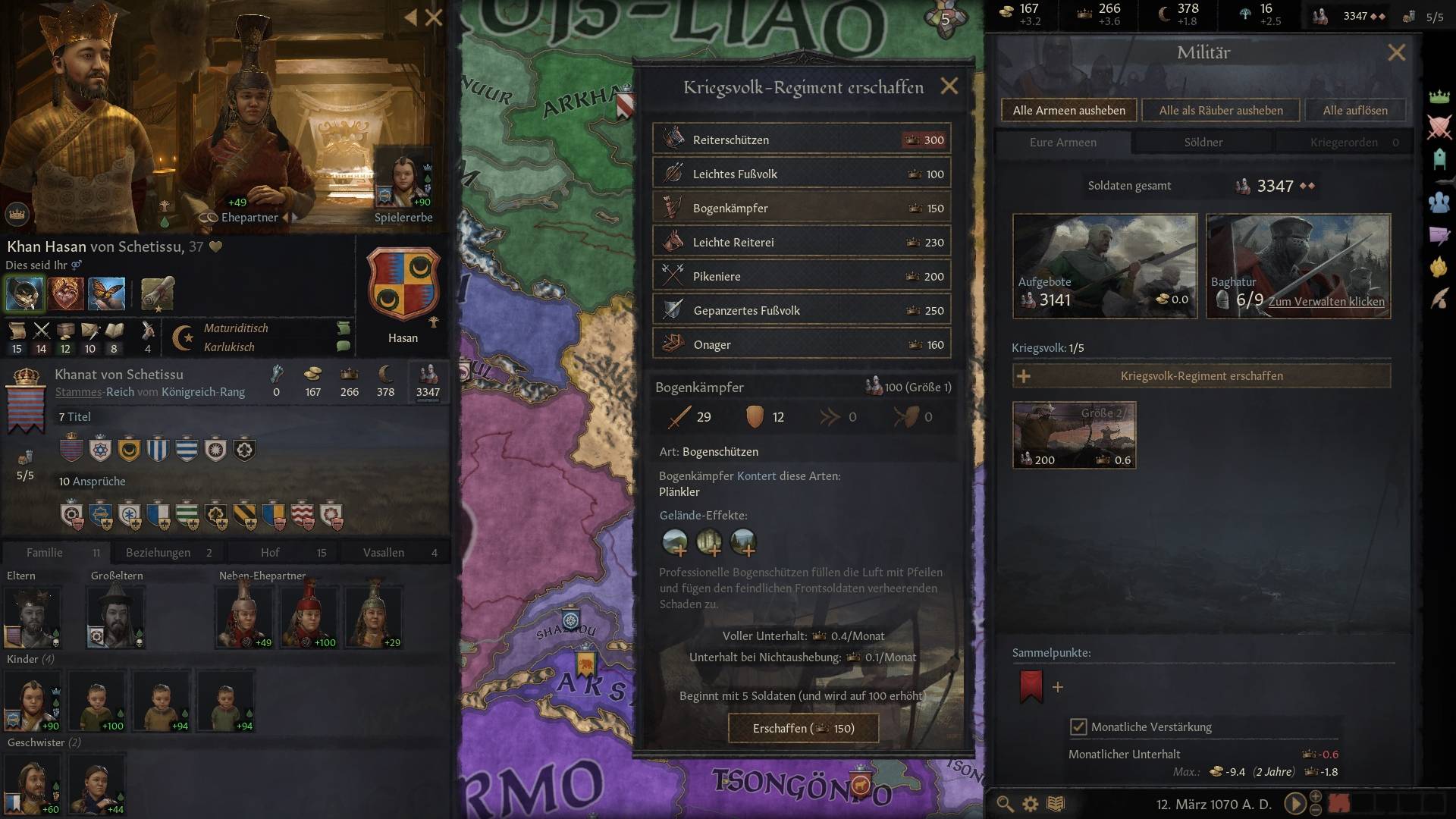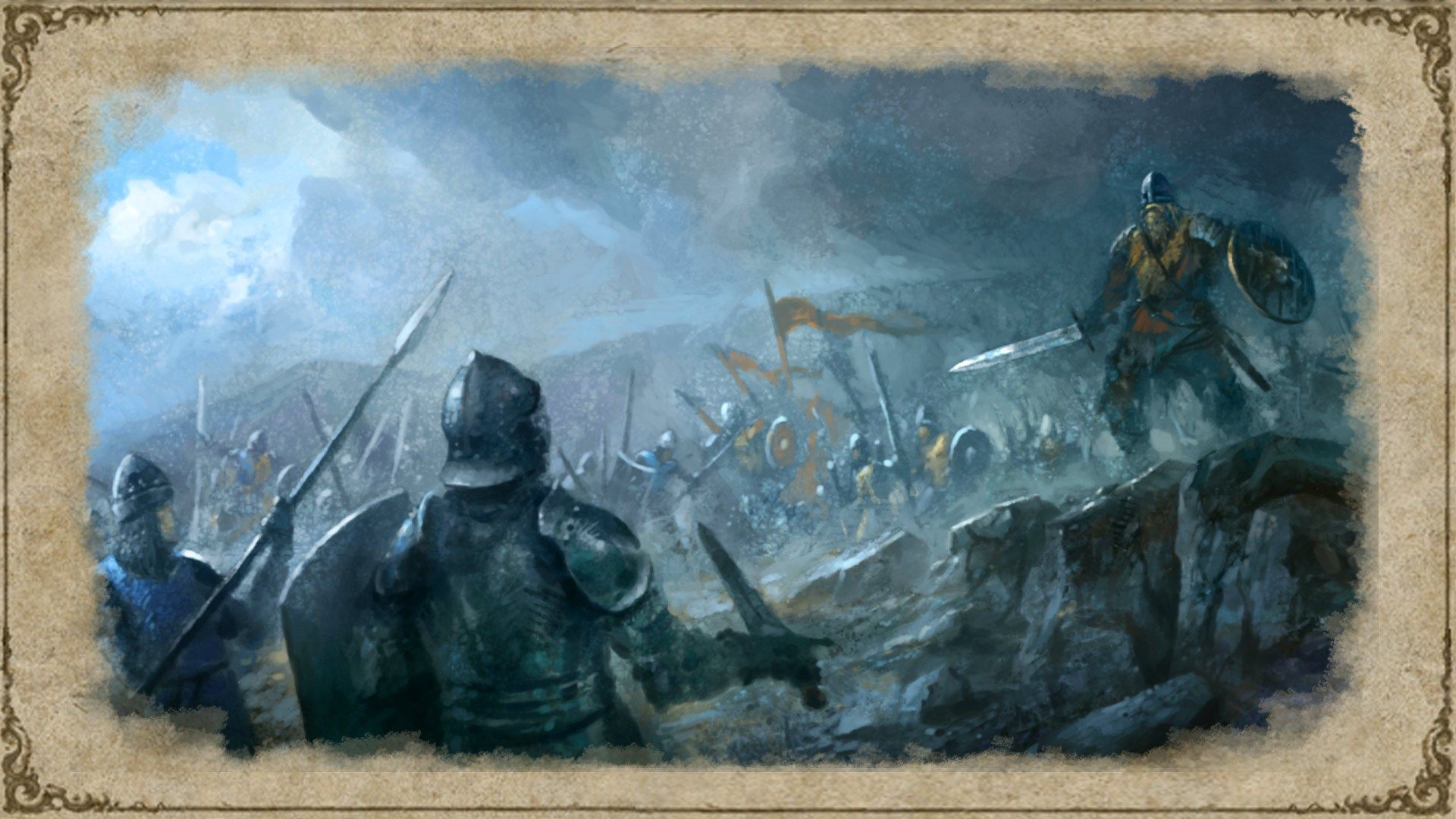

One of the most common rules for qualification as a roydammna was that a candidate had to be a member of the previous chief's " derbfhine", a kindred including all descended in the male line from a common great-grandfather. (Note this still disqualified many in the clan, since most clansmen were clients, not related to the ruling line, patrilineally or otherwise.)

Typically a former king's son became tanist (sometimes the son of the king simultaneously elected, however perhaps more often a son of a rival branch of the dynasty), but not because the system of primogeniture was in any way recognised indeed, the only principle adopted was that the dignity of chieftainship should descend to the eldest and most worthy agnate of the last ruler. At the same time, and subject to the same conditions, a tanist or next heir to the Monarchy was elected, who if the king died or became disqualified, at once became king. The king or chief held office for life and was required by custom to be of full age, in possession of all his faculties, and without any remarkable blemish of mind or body. The Irish monarchies, for their part, never at any stage allowed for female line succession.

This gave rise to conflict by competitors for generations thereafter. Since Malcolm had only daughters, he also introduced the right of female-line succession in Scotland. He did so to try to eliminate the strife caused by the elective law, which encouraged rival claimants to fight for the throne. This monarch was the first to introduce the concept of hereditary monarchy in Scotland.

The royal succession in Celtic Scotland was limited to the elective agnatic or male line of the Siol Alpein ( House of Alpin) until the accession of King Malcolm II in 1005. The state granted courtesy recognition to Irish chiefs based on primogeniture from the last known chief. When in 1943 Ireland appointed its first new Chief Herald, it did not reintroduce tanistry. In Ireland, the tanistry continued among the dominant dynasties, as well as lesser lords and chieftains, until the mid-16th/early 17th century when it was replaced by English common law. Following his murder by a member of the Deisi, another roydammna, Eochaid Gonnat, succeeded as king. A story about Cormac mac Airt refers to his eldest son as his tanist. The office was noted from the beginning of recorded history in Ireland, and probably pre-dates it. The composition and the governance of the clan were built upon male-line descent from a similar ancestor. The eligibility was based on patrilineal relationship, which meant the electing body and the eligibles were agnates with each other. Historically the tanist was chosen from among the heads of the roydammna or "righdamhna" (literally, those of kingly material) or, alternatively, among all males of the sept, and elected by them in full assembly.


 0 kommentar(er)
0 kommentar(er)
